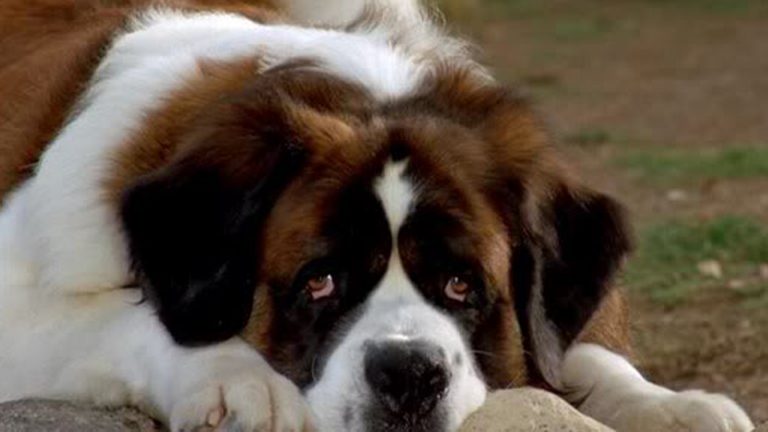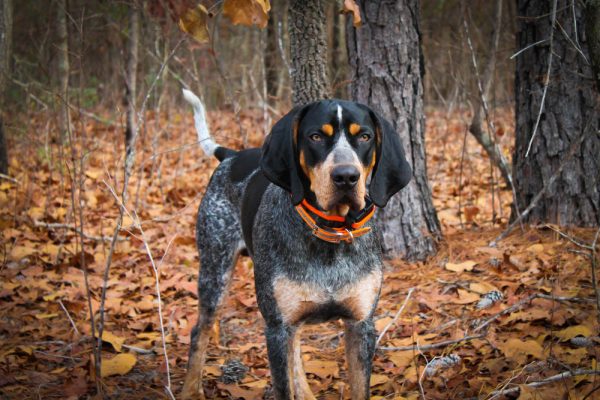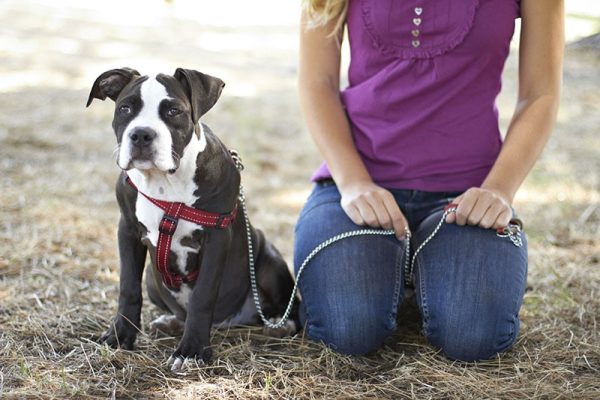Beethoven is undoubtedly one of the most popular and heartwarming dog movies of all time. Released in 1992, this fun family movie follows the story of Beethoven. Beethoven is a purebred Saint Bernard that made his way into the Newton family and filled their home with love and lots of antics.
Saint Bernards were already an impressive and distinct dog breed, but Beethoven really put them in the spotlight and brought attention to these loveable gentle giants. We’ll give you a sneak peek into what makes this dog breed so incredible and give a brief synopsis of the movie if you haven’t seen it already.

Beethoven Synopsis
When a cute cuddly Saint Bernard puppy was stolen from a local pet shop by two dog nappers, he managed to escape their truck and find his way to the Newton family. George Newton, a proud father, and workaholic who had no intention of owning a dog received enough convincing from his wife Alice and his three children Ryce, Ted, and Emily to keep Beethoven around.
Beethoven quickly wins the hearts of everyone in the family but George, who takes some extra convincing after all the slobber and household mishaps throughout the years. When Beethoven’s life ends up in jeopardy thanks to the nefarious veterinarian, Dr. Herman Varnick who performs illegal experiments on dogs, George and the rest of the family come to Beethoven’s rescue.
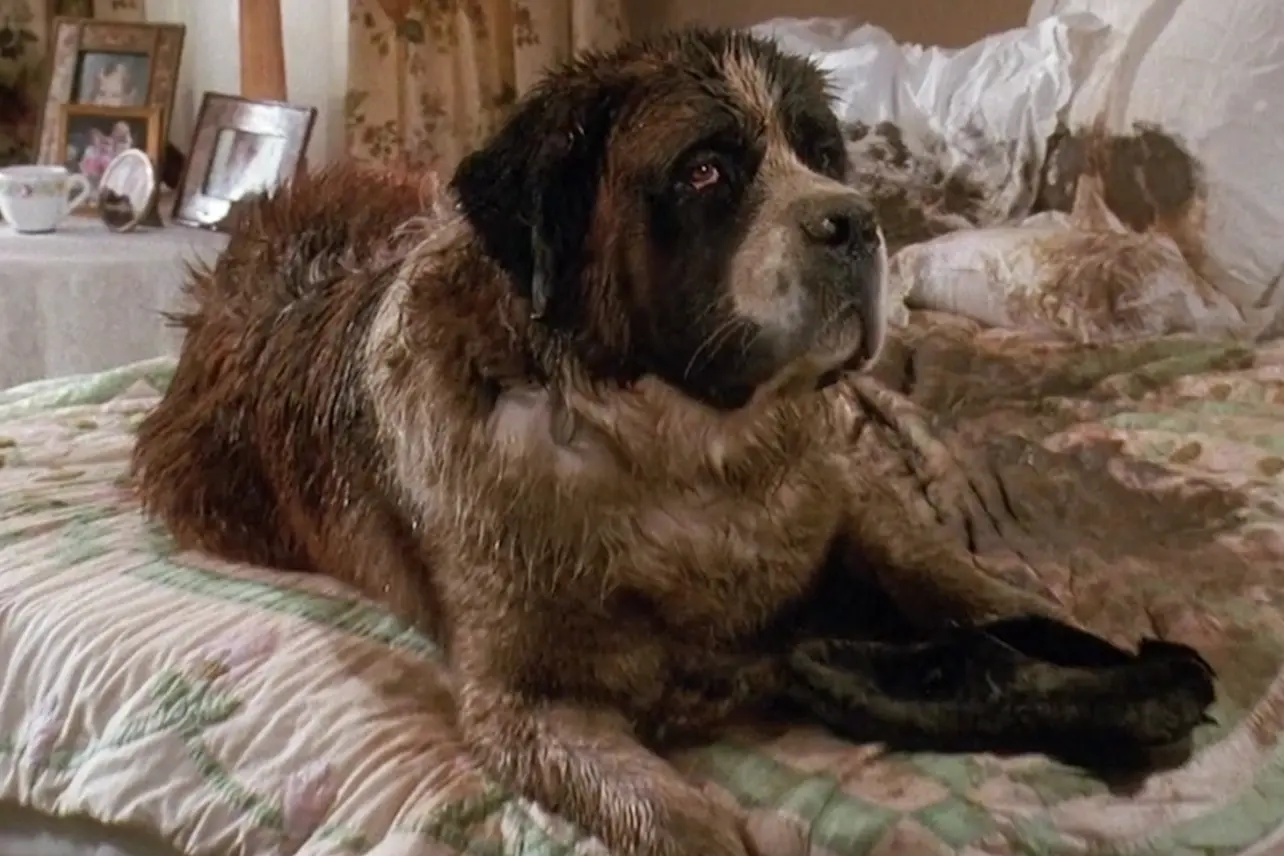
A Box Office Hit
Beethoven was such a hit that it led to a series of movies, with the first two being the most popular. The first five films are part of the same series and are based around Beethoven the Newton family, though only the second film, Beethoven’s 2nd featured the original cast. The sixth movie was a reboot of Beethoven and featured him on his own adventures apart from the Newton family.
Here’s a list of all the movies within the Beethoven film collection:
- Beethoven (1992)
- Beethoven’s 2nd (1993)
- Beethoven’s 3rd (2000)
- Beethoven’s 4th (2001)
- Beethoven’s 5th (2003)
- Beethoven’s Big Break (2008)
- Beethoven’s Christmas Adventure (2011)
- Beethoven’s Treasure Tail (2014)
The Dog Behind Beethoven
When an actor plays such an iconic role, it leaves you wanting to know more about them, especially when they have four legs and bark. Beethoven was portrayed by a big, lovable Saint Bernard named Chris, who starred in the first two films, which are undoubtedly the most popular of them all.
After around 20 Saint Bernard auditions, Chris made the cut. He worked with highly respected animal trainers Teresa Miller and Kar Lewis Miller. Kar Lewis Miller worked on the film Cujo, which portrayed Saint Bernard in an entirely different light. Both trainers had nothing but wonderful things to say about Chris.
Sadly, Chris passed away after filming Beethoven’s second. He was 12 years of age when he died, which is beyond the expected lifespan of your average Saint Bernard. One thing is for certain, Chris will live on in the hearts of many thanks to his talent and wonderful portrayal of the beloved Beethoven.

The Saint Bernard
It is rumored that the role of Beethoven was originally meant to be taken on by a Golden Retriever, but we are ever so grateful that a Saint Bernard was chosen.
The Saint Bernard is a very large and powerful dog breed that typically weighs anywhere from 120 to 180 pounds or more. They come in both long-haired and short-haired with a coat color of white and varying shades of red. They have large, blocky heads with droopy faces and jowls that make them well known for their slobbering habit.
History
The Saint Bernard originated in the Western Alps where they were bred for rescue work by the Great St. Bernard Hospice at the Great St. Bernard Pass in Switzerland, which was a route to Italy. The earliest documented records of the breed are dated back to 1707 from monks at the Great St. Bernard Hospice.
The breed displayed an incredible ability to search out and rescue travelers who had been lost in the mountains and had a knack for finding people who had been buried beneath the snow. They were also used by the Red Cross during the First World War to carry supplies to troops within the mountains.
The first recorded Saint Bernards were much smaller than the show dogs you see today. They started around the size of a German Shepherd but with years of selective breeding, they have now become the extra-large gentle giants we know and love today.
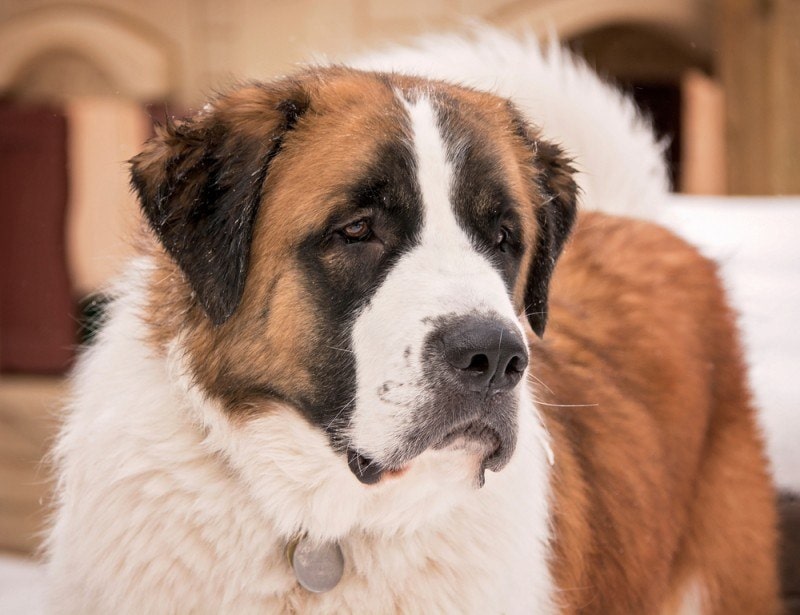
Temperament
The Saint Bernard is a very loving, docile, and devoted dog. They are typically very friendly and do well with strangers but will not hesitate to protect their family if they feel they are in danger. The breed typically does very well with children, as they usually have a lot of patience. It is always best to keep a close watch over the little ones though, especially due to the breed’s massive size.
These dogs are very family-oriented and will much prefer to come along for family outings rather than sit at home. They can have a bit of a stubborn streak, but overall, they aim to please and are generally easy to train. It’s best to get started with training at a very early age considering their size and ability to overpower just about anyone.
Care
Saint Bernards tend to slobber a lot, so it’s best to keep a towel handy to wipe up the drool. They shed heavily twice a year, in spring and fall but you can expect to find Saint hair year-round. It’s recommended to keep up with regular brushing and grooming to keep control of excess hair.
As with any dog, the Saint Bernard should be offered a high-quality diet that is appropriate to its size, age, and activity level. These big dogs can eat a lot of food, but they don’t have heavy exercise requirements. It is important not to overfeed them, as you do not want them to become obese. Excess weight can put a lot of strain on their joints, and they are already predisposed to canine hip dysplasia.
Unfortunately, much like most other large breeds, Saint Bernards have a shorter average life expectancy of 8 to 10 years though they have been known to live longer. With proper love and care, these dogs make wonderful companions.

Conclusion
The role of Beethoven was played by the gentle, loveable, giant breed known as the Saint Bernard. Beethoven was a box office hit that resulted in an entire series of films. Not only was the film incredibly popular, but it also increased the popularity of the Saint Bernard as a breed. The big screen managed to shed light on this incredible, wonderful breed and gave us a beloved dog movie that will go down in history as one of the best.
See also:
- Cream Pomeranian: Facts, Origin & History (With Pictures)
- What Breed of Dog Is Clifford the Big Red Dog? Famous Dogs Revealed
Featured Photo Credit: Characters by Northern Lights Entertainment, Universal Pictures. All rights reserved to the copyright owners.
